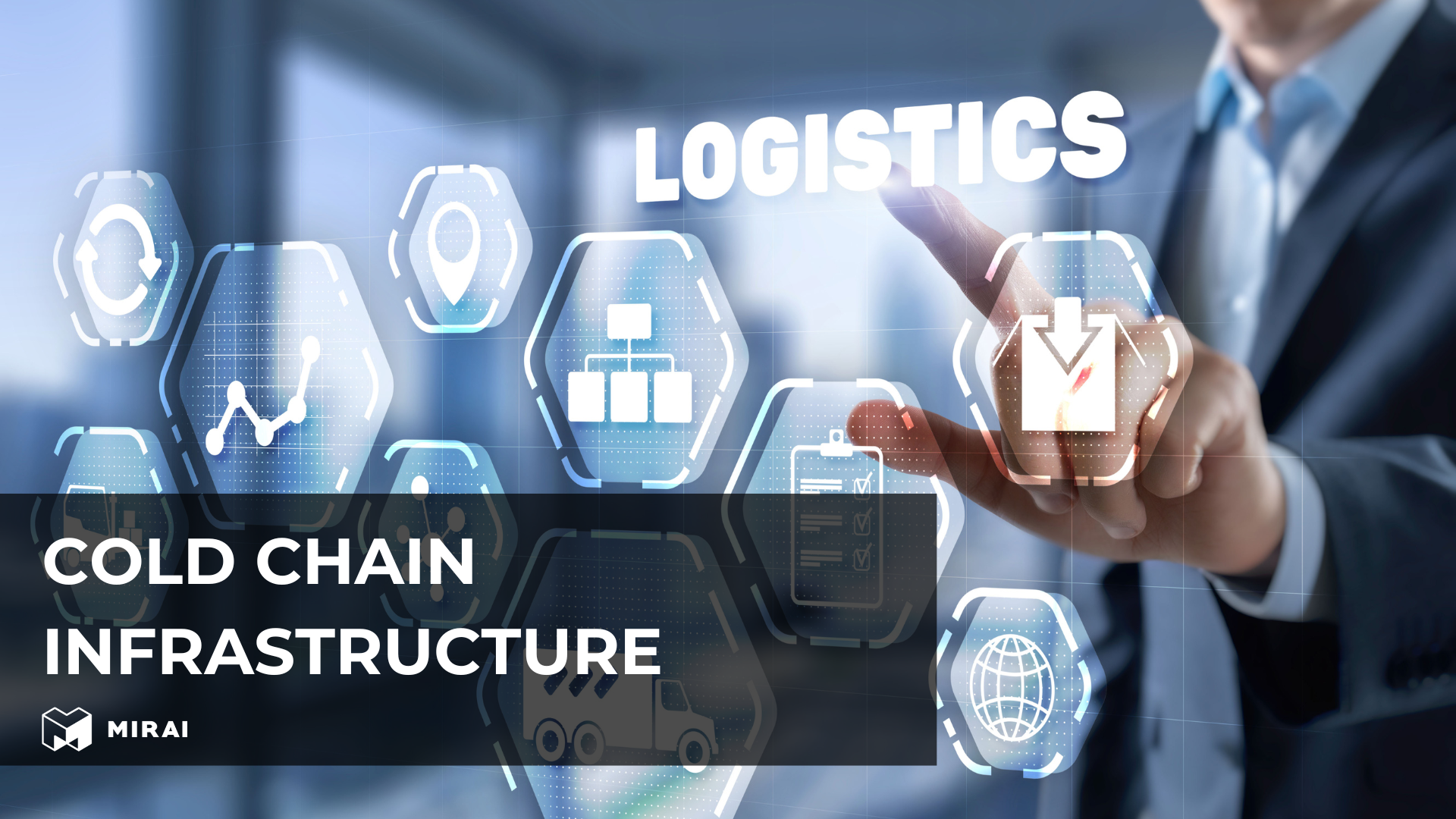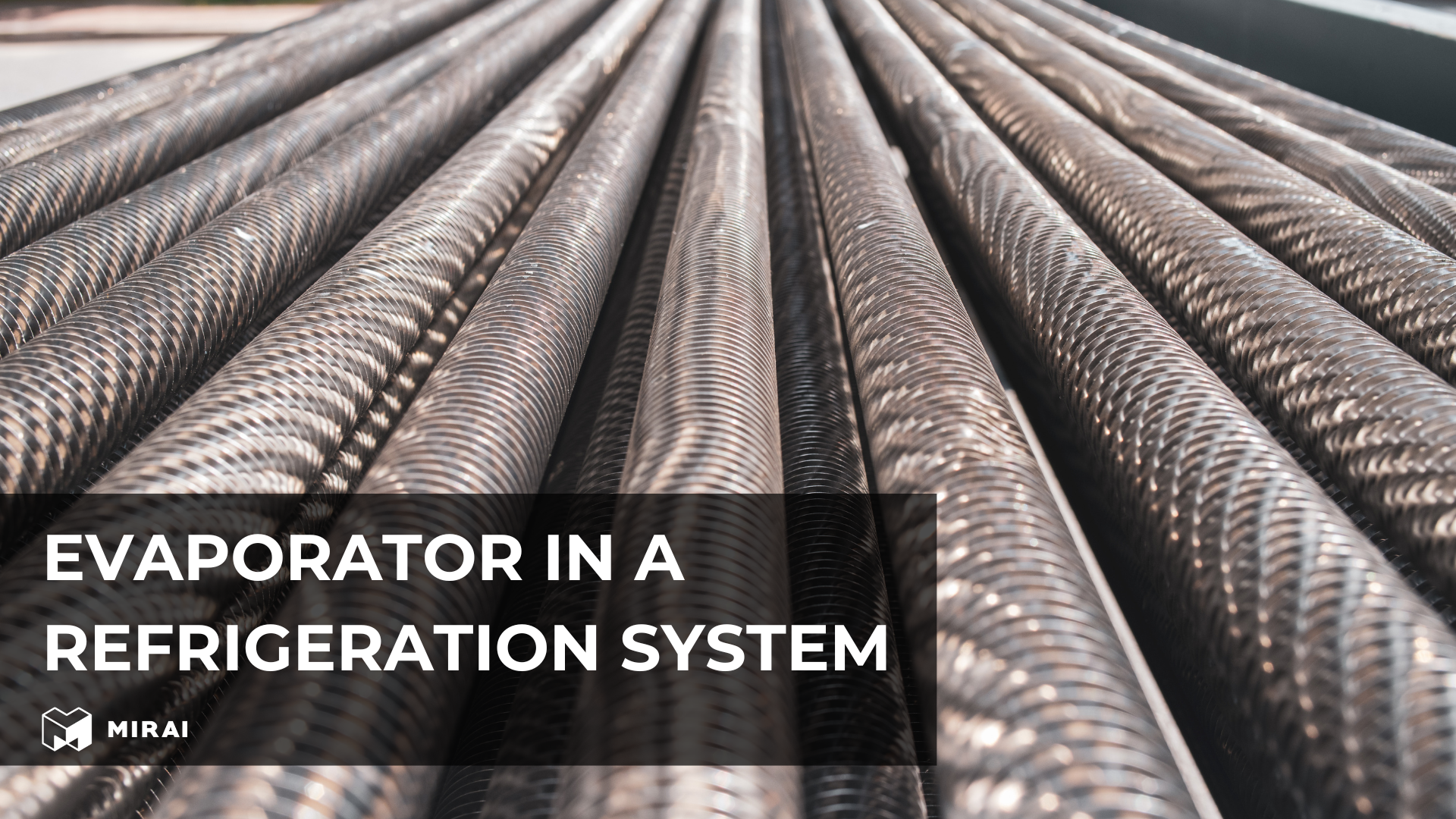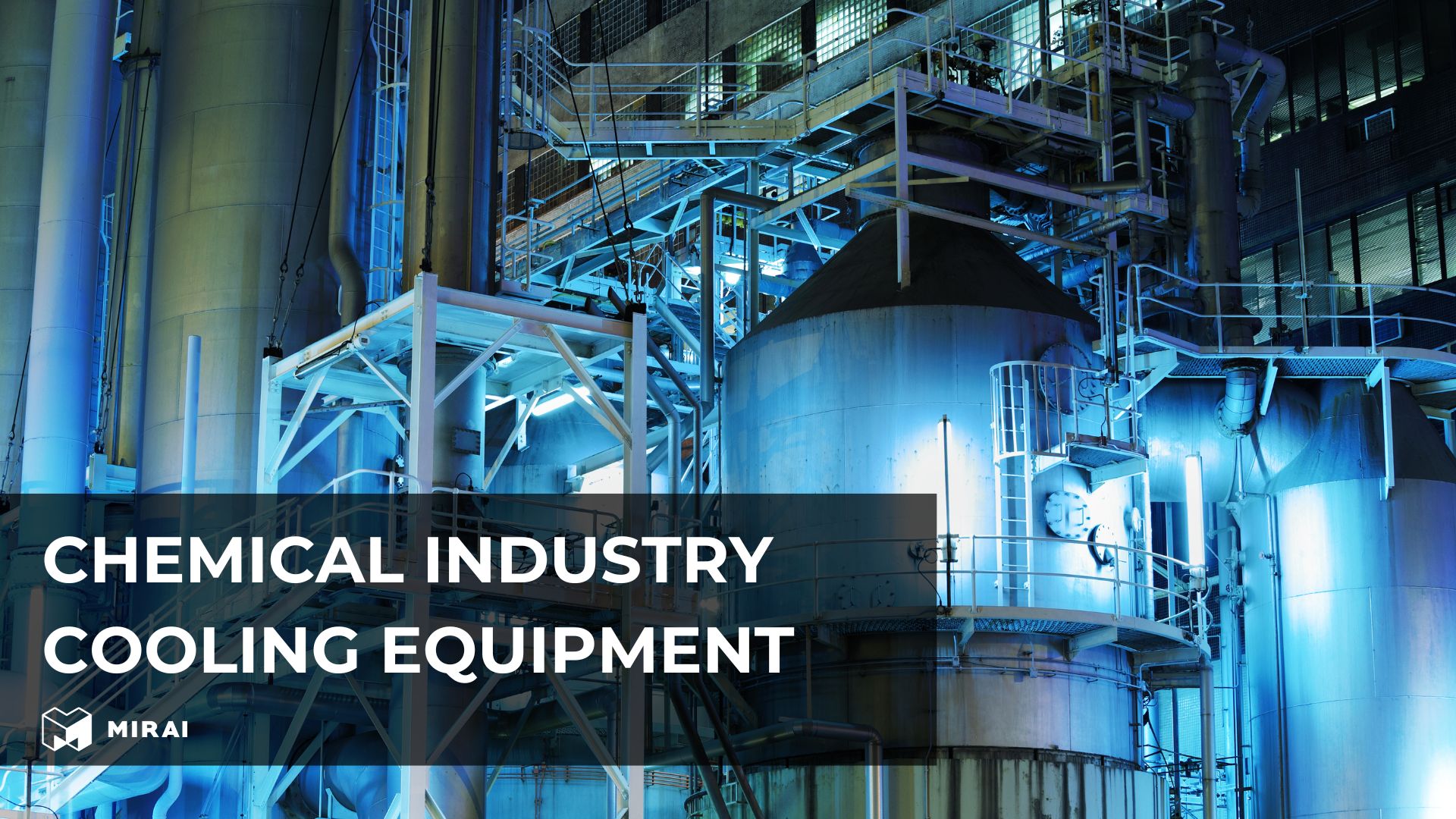Cold chain infrastructure

Definition and importance of cold chain in a supply chain
The cold chain refers to a temperature-controlled supply chain that is necessary for preserving and extending the shelf life of products such as fresh agricultural produce, seafood, frozen food, photographic film, chemicals, and pharmaceutical drugs. The meaning of cold chain logistics involves the management of the transportation, warehousing, and delivery of these perishable goods, ensuring they remain within required temperature ranges.
Cold chain management is crucial in maintaining product quality and safety. This system is vital for industries that rely on the freshness and stability of their products, such as pharmaceuticals, chemicals and food. Effective cold chain solutions help prevent spoilage, contamination, and degradation, thereby ensuring that consumers receive products in their intended condition. Compliance with regulatory standards is also a significant aspect of cold chain logistics, as it ensures that products meet safety and quality standards.
Applications in different industries
Food Industry
In the food industry, cold chain storage and transportation are essential to keep products fresh from farm to table. This involves everything from frozen foods, dairy products, meats, fruits, and vegetables. Companies involved in this industry rely heavily on cold chain services to maintain the quality and safety of their products.
Pharmaceutical Industry
Pharmaceutical companies depend on a robust cold supply chain to preserve the efficacy of drugs and vaccines. Cold chain logistics in this sector involves temperature-sensitive transportation and storage solutions to ensure that medications are kept within specific temperature ranges to remain effective.
Chemical Industry
Certain chemicals require strict temperature control during transportation and storage. Cold chain logistics helps prevent these chemicals from becoming hazardous or ineffective due to temperature variations.
Components of the cold chain infrastructure
Warehousing and storage
Cold chain warehousing involves facilities specifically designed to store perishable goods at controlled temperatures. These warehouses are equipped with refrigeration systems to maintain the required temperature ranges.
Transportation
Transportation is a critical component of the cold chain. This includes refrigerated trucks, cargo ships, and aircraft designed to maintain specific temperature conditions during transit.
Monitoring and control systems
Temperature control and monitoring systems are essential for ensuring that products remain within the required temperature ranges. These systems can include sensors and smart technology to provide real-time data on temperature conditions and new-artificial intelligence.
Packaging
Specialized packaging solutions help maintain the temperature of perishable goods during transportation. This includes insulated containers and coolants to protect products from temperature fluctuations.
Distribution
Cold chain distribution involves a network of distributors and suppliers who ensure that products are delivered to their final destination while maintaining the required temperature conditions.
Which MIRAI Intex products can be used in this infrastructure
MIRAI Intex machines offer innovative solutions for cold chain infrastructure on any step of it.
Advanced refrigeration units
MIRAI Intex's advanced refrigeration units are designed to provide consistent and efficient cooling, essential for maintaining the cold chain in transportation and storage and cooling processes especially when it comes to ultra-low temperatures, like -140 degrees and above.
Temperature Monitoring Systems
MIRAI Intex's monitoring systems provide real-time data and alerts to ensure that the temperature conditions are consistently maintained throughout the cold supply chain.
Sustainable Cooling Solutions
MIRAI Intex focuses on environmentally friendly refrigeration technologies that reduce energy consumption and carbon footprint, aligning with the growing emphasis on sustainability in cold chain logistics. Uses only air for refrigeration, and provides the safest solution on the market.
Experience
MIRAI Intex has extensive experience in projects not only for specific processes such as lyophilization, freezing, solvent recovery, etc., but also for processes related to the refrigeration logistics cold chain. Open and closed cycle machines are used in many applications. Examples of the use of MIRAI Intex machines in logistics are the projects with Thomaidis and KTI, in the realization of a cryo cargo and containers for the transport storage of products at very low temperatures. There is also huge experience in storage projects at very low temperatures for market leaders in segments such as pharmaceuticals. The trust of such companies shows the confidence in the product that MIRAI Intex manufactures. All projects that can be published are available on page references.
Advantages and disadvantages of use cold in chain infrastructure
As in every market there are some advantages and disadvantages of using some technology, the same rule works for the cold chain too.
There are many advantages such as:
- Enhanced product quality. Cold chain management ensures that perishable goods maintain their quality and safety throughout the supply chain.
- Regulatory compliance. Adhering to temperature control standards helps companies comply with industry regulations, avoiding legal issues and fines.
- Extended shelf life. Proper cold chain solutions extend the shelf life of perishable pharmaceuticals and products, reducing waste and increasing profitability.
- Real-time monitoring. Smart technology and monitoring systems provide real-time data, allowing for quick responses to any temperature deviations.
But there is no market without disadvantages. In cold chain sector it can be:
- High costs. The installation and maintenance of cold chain infrastructure can be expensive. This includes the cost of refrigeration equipment, monitoring systems, and specialized packaging. The leading companies in refrigeration have it all in one system and meets all the needs of the customer.
- Complex management. Managing a cold chain requires meticulous planning and coordination to ensure temperature consistency, which can be complex and resource-intensive.
- Energy consumption. Refrigeration systems consume significant amounts of energy, which can be a concern for both cost and environmental impact. But at this point, using refrigeration machines like MIRAI Intex can help reduce the costs because of energy efficiency of the system and use of harmful F-gas refrigerants.
Future and development prospects
Technological advancements
The future of cold chain infrastructure will likely see further integration of smart technology and IoT (Internet of Things). These advancements will provide more precise temperature control and monitoring, reducing the risk of spoilage and ensuring product quality.
Sustainability initiatives
As environmental concerns grow, there will be a greater focus on developing sustainable cooling solutions. This includes the use of renewable energy sources and energy-efficient refrigeration technologies such as MIRAI Intex machines to minimize the environmental impact of cold chain logistics.
Expansion of global cold chains
With increasing globalization, the demand for efficient cold chain logistics is expected to grow. This expansion will necessitate the development of more sophisticated cold chain infrastructure to support international trade in perishable goods.
Improved regulatory frameworks
Enhanced regulatory frameworks will drive the adoption of best practices in cold chain management. This will include stricter compliance requirements and more comprehensive guidelines for maintaining temperature control throughout the supply chain. The example of regulations like this can be F-gas regulation in Europe, that will help to make Eupore the first a climate-neutral continent by phasing out harmful refrigerants.
Enhanced data analytics
The use of advanced data analytics will enable more proactive and predictive management of cold chains. Companies will be able to anticipate potential issues before they occur and implement preventive measures to ensure product integrity.
Conclusion
Cold chain infrastructure is a critical component in ensuring the quality and safety of perishable goods across various industries. From food and pharmaceuticals to chemicals, maintaining the correct temperature throughout the supply chain is essential. MIRAI Intex machines offer innovative solutions to enhance the efficiency and sustainability of cold chains on any step. As the demand for efficient cold chain logistics continues to rise, the development and implementation of advanced cold chain infrastructure will play a vital role in supporting global trade and ensuring consumer safety.

